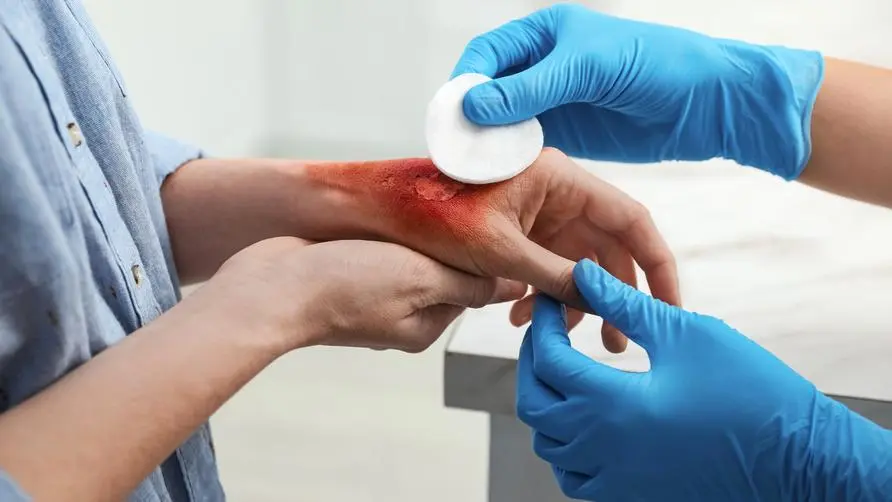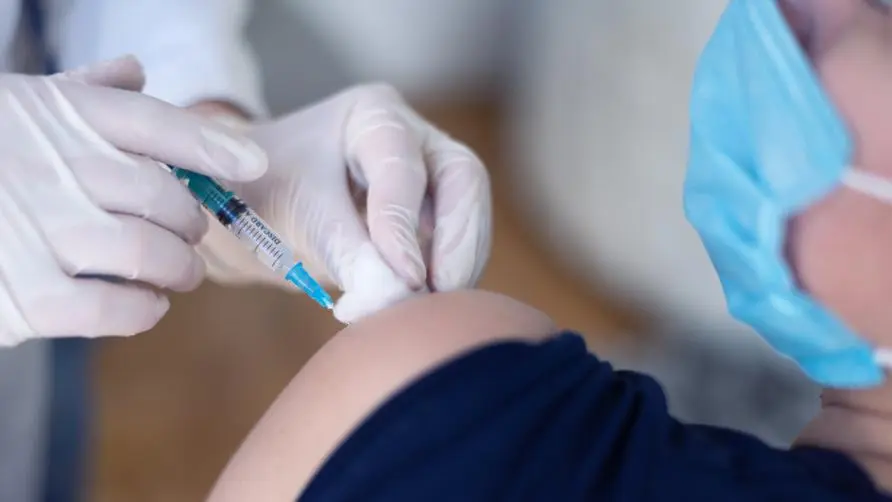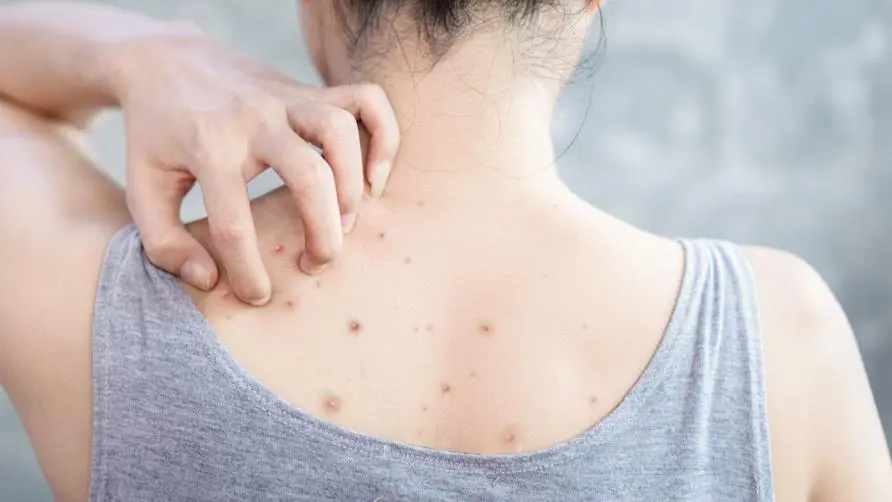What should I do if a "burn or scald" occurs? Can blisters be popped? Is it wrong to use betadine for disinfection?

What to do if a burn or scald accident occurs: “Rinse off the bubble cap and send it away”
Burns and scalds are the most common traumatic events faced by Taiwanese. In addition to understanding the correct treatment of burns and scalds, we must also avoid “NG behaviors” that increase wound infection. Dr. Luo Yang from the Department of Dermatology of Cathay General Hospital and the Department of Dermatology of Neihu Cathay Clinic pointed out that the basic principles for treating burns and scalds are “rinse, remove, soak, cover, and remove.” The first step after an injury is to “rinse” with running tap water for at least 15 to 30 minutes to reduce the inflammatory response. When the burned area is covered with clothing, rinse the wound for 15 to 30 minutes, then “take off” the clothing, and continue to rinse the wound for 20 to 30 minutes.
Dr. Luo Yang reminded that if a younger child suffers a burn or scald, he or she only needs to “soak” the affected area. There is no need to immerse the whole person in water to avoid the risk of hypothermia in the child. After soaking in water, cover it with a clean towel or clothing. If the wound gradually worsens or blisters develop, it should be sent to a medical unit for follow-up treatment as soon as possible.
Pop blisters on your own to avoid increased risk of infection
Many people artificially let the wound exudate flow out and burst the burn and scald blisters on their own. Dr. Luo Yang explained that if the area of the wound blister is less than 0.5 cm, it is recommended not to squeeze it. Breaking the blister will increase the chance of infection. If it is a large-area blister with a diameter larger than 2-3 cm, it is recommended to seek medical treatment as soon as possible and receive drainage treatment. In addition, if the blisters are long and prone to collision and friction, you should first go to a medical institution to reduce the risk of infection.
Dr. Luo Yang reminded that people with chronic diseases should be more careful when handling wounds, including patients with chronic diseases, kidney dialysis, the elderly and other patients with poor immunity. It is very important to reduce wound infection. Generally speaking, doctors will use antibiotic ointments specifically designed for burns and scalds, depending on the size and severity of the wound. However, some burn and scald ointments contain “sulfonamides” as the main ingredient, which may cause allergies in some patients. You should discuss this with your doctor in detail before using the ointment.
Misusing betadine to treat wounds may leave scars
When burns occur, some people choose to “DIY” at home and clean the affected area with betadine or hydrogen peroxide. Dr. Luo Yang said that betadine has a bactericidal effect, but blisters or wounds caused by burns and scalds are usually relatively clean and require less alcohol and betadine for disinfection. Betadine and alcohol are irritating and will slow down wound healing. . On the contrary, when an accidental fall, cut or other skin injury occurs, it is more appropriate to use betadine for disinfection.
If you are unable to seek medical treatment or need to treat the wound at home, doctors recommend applying betadine for 30 seconds and then cleaning it with saline to avoid over-stimulating the wound and worsening the wound; or causing the wound to be too obvious on the face or exposed parts of the body due to pigmentation. , leaving persistent scars.
It is rumored that ingredients such as “toothpaste” can be used to help heal burns and scalds. Dr. Luo Yang reminds that sticky substances such as flour, toothpaste, honey, and loofah water are not recommended for use on burns, scalds or trauma wounds. These ingredients will make it harder for the wound to dissipate heat, slow down the healing process, and even cause other problems. For example, many people have contact dermatitis, and using loofah water after injury is more likely to cause allergies. Doctors remind that when burns and scalds occur, if there are no medical supplies suitable for disposal, you should seek medical treatment as soon as possible to avoid making the wound more serious.
The depth of the wound varies, so the dressing does not need to be changed every day
Dr. Luo Yang said that when caring for burns and scalds, you should pay attention to the “moistness” of the wound. Being too dry will slow down the healing speed. Under normal circumstances, if there are no obvious blisters on the wound, it can be covered with antibiotic ointment and gauze. If the wound is large or even has blisters or exudate, gauze alone will heal slowly, and the new skin will be rubbed when changing the dressing. Hydrophilic dressings can be used to absorb the exudate and reduce wound friction and the need for each dressing change. Discomfort from the medicine.
Dr. Luo Yang explained that burns and scalds can be divided into four levels. In terms of second-degree burns and scalds, they can be divided into “shallow second-degree burns” and “deep second-degree burns.” Superficial second-level burns mean that the depth of the wound stops at the “mastoid layer”, so there is less need to worry about scars in follow-up care. For deep second-degree burns and scalds, the wound reaches the deep layer of the dermis. Using only ordinary ointments may cause the epidermis to be difficult to grow and the wound recovery will be slowed down. Antibiotic ointment is usually combined with dressings such as artificial skin to reduce the chance of permanent scarring.
Dr. Luo Yang explained that the size and moisture level of the wound will affect the frequency of dressing changes and treatment methods. When the wound is shallow, just change the dressing 1-2 times a day with antibiotic ointment. If large amounts of tissue fluid are exuded, the use of hydrophilic dressings is recommended. Nowadays, many dressings only need to be changed every 2-3 days to continue to help the wound recover, without the need to change dressings every day.
Injuries to the dermis may not be noticeable and treated promptly to avoid infection.
Dr. Luo Yang reminded that most people go to the hospital when they are injured, often because of pain. However, when the depth of the wound reaches the dermis layer, it may be a “feelless” wound. If the wound problem is ignored and medical treatment is delayed, it may cause subsequent consequences. Treatment is more difficult. In addition, if burns and scalds produce multiple blisters, you should seek medical treatment immediately and conduct timely drainage of exudate and other treatments to avoid the risk of infection.





